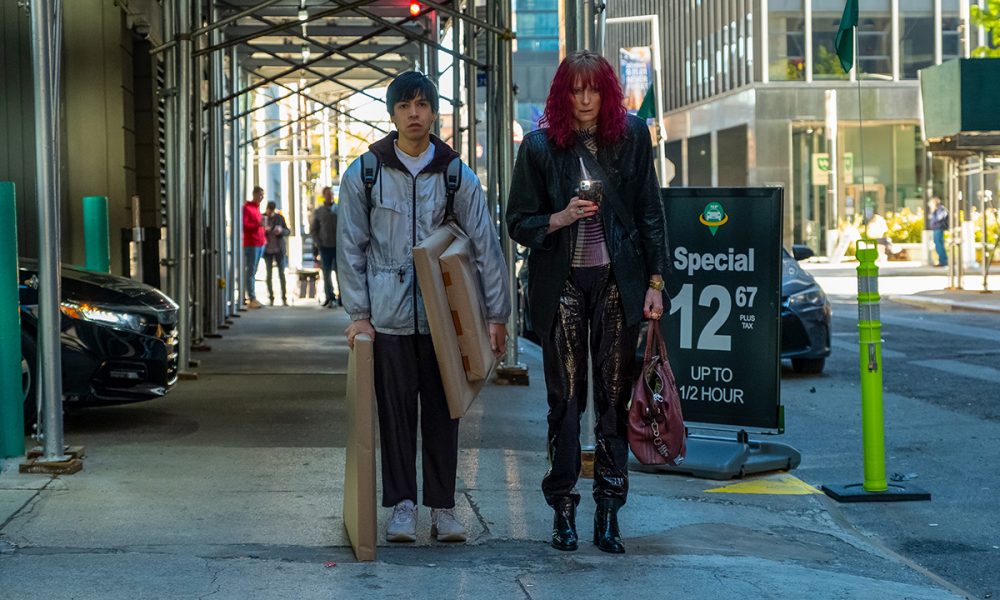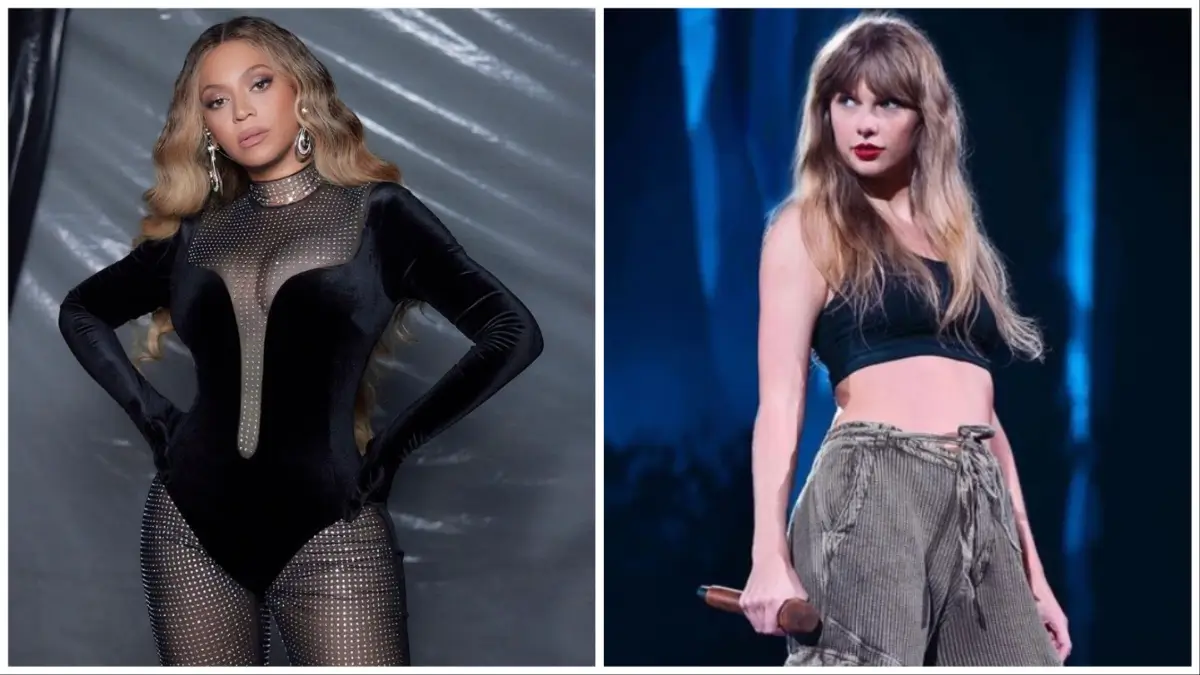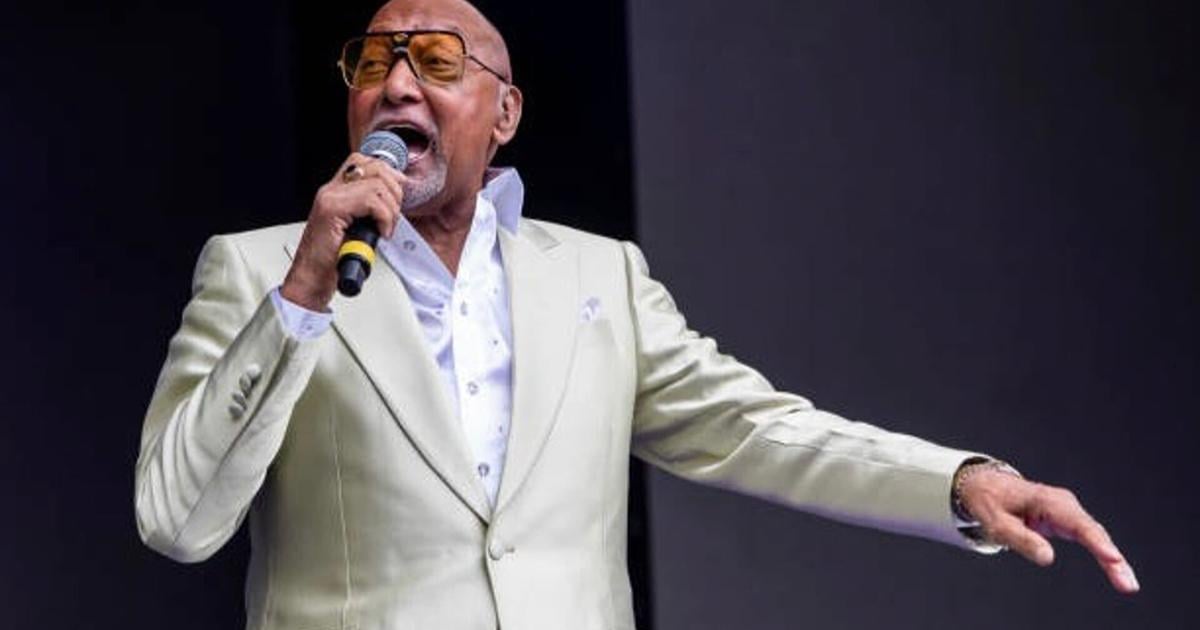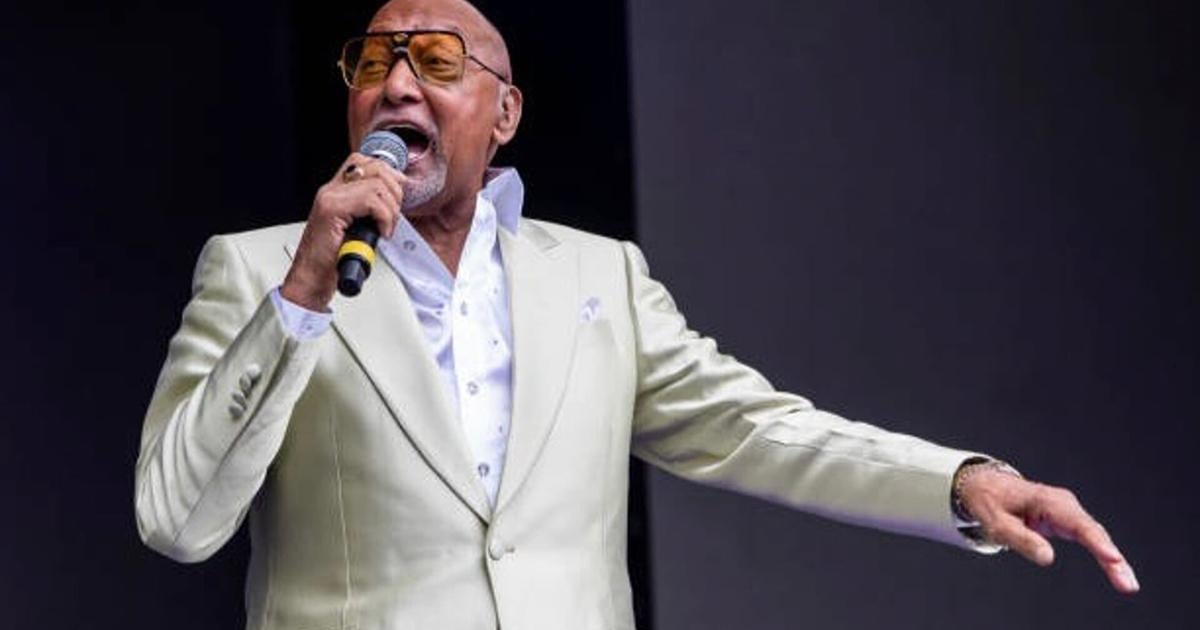If anyone can be said to rival the impact of Walt Disney on the field of animated films, it’s Hayao Miyazaki. Co-founder of Studio Ghibli, his work in Japan’s anime genre is legendary, with films like “My Neighbor Totoro,” “Kiki’s Delivery Service,” “Howl’s Moving Castle,” and the Oscar-winning “Spirited Away” – which held the record as the highest-grossing film in Japanese history for 19 years – expanding his popularity and helping to build a global entertainment empire that, like Disney’s, includes merchandise, licensing, and even a theme park.
Millions of fans worldwide – many of them queer – have grown up loving his movies not just for their unique blend of the fanciful, the poignant, and the profound but for the sublime visual artistry and masterful storytelling with which they are rendered.
Now 83, the revered animator announced his retirement from making feature films in 2013 – only to start work, three years later, on another one. Seven years afterward, that project reached fruition with “The Boy and the Heron,” released in its native Japan last summer. And if any proof is needed to stand as testament to Miyazaki’s popularity, it can be found in the fact that, in spite of a deliberately minimal promotion strategy (the film was released with no teasers, trailers, or fanfare besides a single poster image), it had the biggest opening weekend of any Studio Ghibli film to date, going on to become the first original anime film (and the first film by Miyazaki) to achieve number one status at the box office in both Canada and the U.S.
Initially released in the latter country on Dec. 8, and still in theaters in the wake of its Golden Globe win and Oscar nomination as Best Animated Film of 2023, “Heron” – written and directed by Miyazaki and inspired by (though otherwise unrelated to) Genzaburō Yoshino’s 1937 novel “How Do You Live?” – is an autobiographically leaning story centered on young Mahito (Soma Santoki / Luca Padovan in the English dubbed version), a boy growing up in Tokyo during World War II. Following the death of his mother in a hospital fire, his industrialist father (Takuya Kimura / Christian Bale) soon remarries, with his late wife’s younger sister (Yoshino Kimura / Gemma Chan) as his new bride, and Mahito finds himself living at her family’s estate in the rural countryside. There, a mysterious – and persistent – heron (Masaki Suda / Robert Pattinson) seems to take interest in him, and he begins to feel taunted by its attentions – but when his new stepmother disappears into the surrounding forest, the bird leads him into an overgrown tower, where a seemingly all-powerful lord (Shōhei Hino / Mark Hamill) rules over a hidden underworld, and he embarks on an epic quest through its mystical landscape to rescue her, helped along the way by a swashbuckling fisherwoman (Ko Shibasaki / Florence Pugh) and a guardian fire spirit (Aimyon / Karen Fukuhara) – discovering the secrets of a magical family history stretching back across generations as he goes.
Considering its unmistakable parallels to Miyazaki’s real-life childhood (his father, like Mahito’s, was an industrialist working for a company that manufactured war planes, allowing him an affluent and somewhat sheltered upbringing in a devastated Japan), it’s impossible not to see his latest movie as a “swan song.” Indeed, it was widely branded as such by journalists ahead of its release, and the director himself declared it his “last,” though that has since been recanted by Studio Ghibli with the announcement that he is working on another. Still, while it may not be his final manifesto, it would certainly be a worthy one.
Infused with the filmmaker’s signature recurring themes – the need for harmony between man and nature, the paradoxical absurdities of technology, the value of traditional lifestyles and the importance of craft and artistry, the conflict between pacifist ideals and violence that dominates human affairs – and weaving a mythic tale that postulates a deeper reality where life and death are forever intertwined in a realm of impermanent permanence, “Heron” feels as much like a statement of belief as it does a fantasy. One might even sense that there’s an insistence that it can be both, and that life itself is a sort of fantasy, capable of being shaped by things that exist only within our imaginations, and that, of course, is the source of its power.
Such cosmic speculations aside, however, Miyazaki’s movie hooks us not with its esoteric metaphysics, but with its meditations on loss, grief, and the challenge of finding peace in a world that often seems dominated by chaos and indiscriminate destruction. Artfully framed to suggest that the “fantasy” elements of its plot either might or might not exist only within its youthful protagonist’s delirious, wounded mind, it touches us to the heart with the harsh realities of Mahito’s young life; the opening sequence, depicting the fire that kills his mother, is horrific, leaving its shadow on the rest of the film even as it does on Mahito’s soul, and his grief, compounded and left unreconciled by his loving-but-ham-handed father’s seeming refusal to address or even acknowledge it, resonates on a universal wavelength simply because it is so fundamentally human. It’s in grappling with these elements of life – the “slings and arrows of outrageous fortune,” to which Shakespeare refers in “Hamlet,” a play which is, perhaps not coincidentally, echoed in an inverted form within the structure of Miyazaki’s narrative – that the movie brings a sense of truth to the magical realism it embraces. The comforts it offers do not feel like hollow platitudes; rather, they point us toward wisdom, much in the way of a riddle told by a Zen Master, and a way of looking at the world that is comfort enough in itself.
Yet “The Boy and the Heron” is not made of the kind of late-career introspection that robs it of its sense of fun. Full of adventure, action, and the filmmaker’s signature blend of gorgeously animated realism with adorable absurdity inspired by Kawaii (Japanese “cute culture”), it offers as much spirited adventure and comedic flair as expected from a Miyazaki film– and it’s populated with just as many whimsically grotesque creatures and characters, to boot.
Needless to say, perhaps, it’s also a stunning film to behold, evoking a classic Japanese woodcut brought to life and infused with a powerful spirit of its own; though enhanced and aided by modern technology, the animation – as with all of Miyazaki’s work – is hand-drawn, making its visual perfection even more breathtaking. Add to all this the beautiful score by longtime friend and collaborator Joe Hisaishi, and the result is irresistible.
Given that “The Boy in the Heron” is likely a top contender for the win at this year’s Oscars, it’s likely to be accessible on the big screen – in some markets, at least – for a while before it becomes available for streaming. Whether or not you can see it now, keep it on your radar – we don’t use the word “masterpiece” lightly, but we suggest this one might qualify, and you owe it to yourself to watch it so that you can decide for yourself.
We’re pretty sure you’ll agree.





